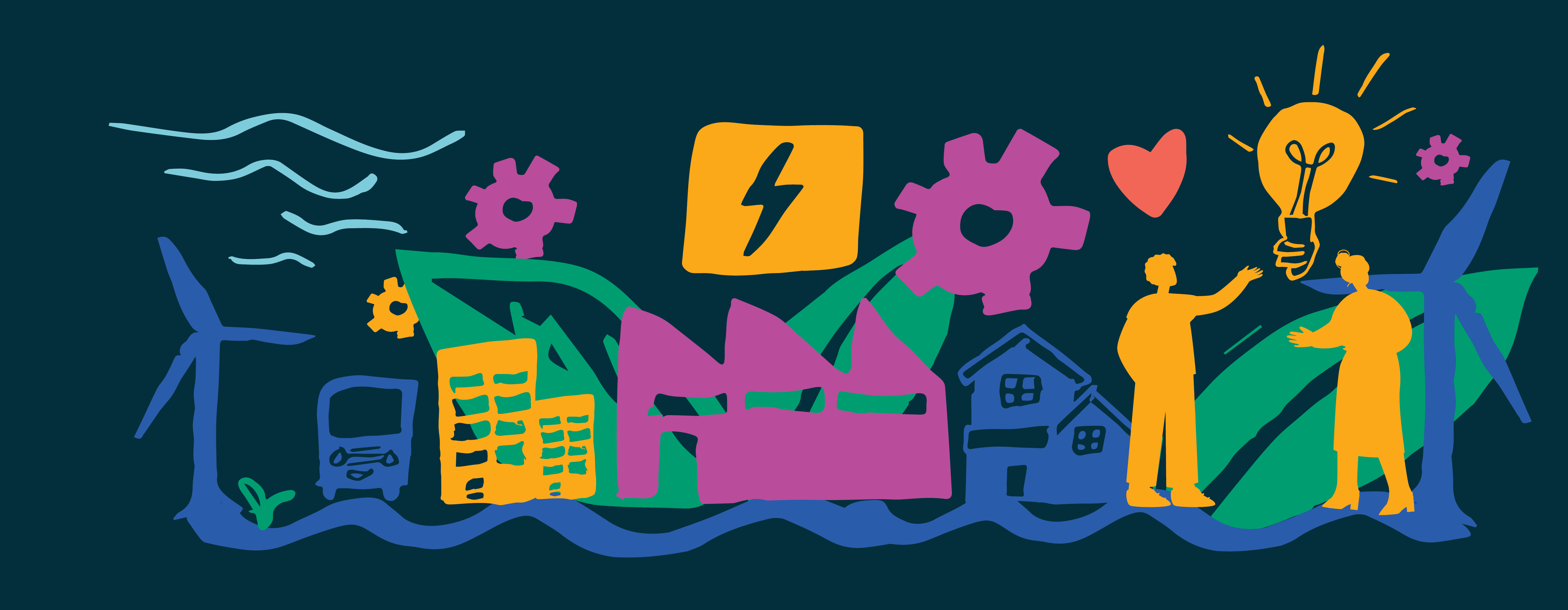The people of Gippsland have faced change within the region for several years, prompted by major industry closures, drought, bushfires, climate change, and the COVID-19 pandemic.
The sudden closure of Hazelwood Power Station in 2017 highlighted the importance of everyone working together to shape a future that is both sustainable and resilient.
The LVA, established in response to the closure of Hazelwood, immediately helped affected workers find new jobs in the power sector through the negotiation of a worker transfer scheme, or into other industries, and provided businesses with transition and development support.
Over recent years, the LVA has been actively planning for and supporting the region’s long-term transition, addressing the unique challenges faced by industry and community in the Latrobe Valley, while ensuring that the whole region is supported through this significant change.
In 2022 the LVA was asked by the Victorian Government to work with the people of Gippsland to develop a plan that sets out a shared and long-term vision for the region as it undergoes this change. Thanks to the collaboration and work invested by business, the community and government to create a shared vision and plan for the future, the Latrobe Valley and Gippsland Transition Plan was completed in July 2023.
Guiding principles for transition
To achieve the long-term vision and goals outlined in this plan, there are several principles that have guided its development and will continue to guide the transition process. These principles align with the United Nations’ 2030 Agenda for Sustainable Development.
People are at the heart of the transition process
A shared future for the region by the region with the community empowered to shape their futures.
Equity and inclusion
Transition should improve the region’s economy, environment and liveability without negatively impacting those most vulnerable to change or at risk of exclusion.
A sustainably developed future
Ensuring a balance between environmental, climate, social and economic priorities can help reduce inequalities and produce positive outcomes for the entire community.
Build on identified strengths and advantages
Understanding and leveraging the region’s competitive advantages through innovation and collaboration helps communities become stronger and more resilient, ensures economic growth, and increases employment opportunities.
Adopting an evidence-informed approach
A best-practice approach to transition that complements existing plans and strategies supporting economic and community development and adaptive capacity; and is subject to monitoring, evaluation and iterative refinement as circumstances change. A key factor to support success is understanding the current workforce requirements, future projections, skills gaps, workforce shortfalls, and training needs to inform decision-making and drive innovation.
A coordinated approach across government, industry, education and communities
To achieve the vision for our region set out in the Plan, genuine partnerships and shared leadership between government, industry, private sector, unions, civil society groups, communities and governments is essential.
Page last updated: 13 Sep 2023

